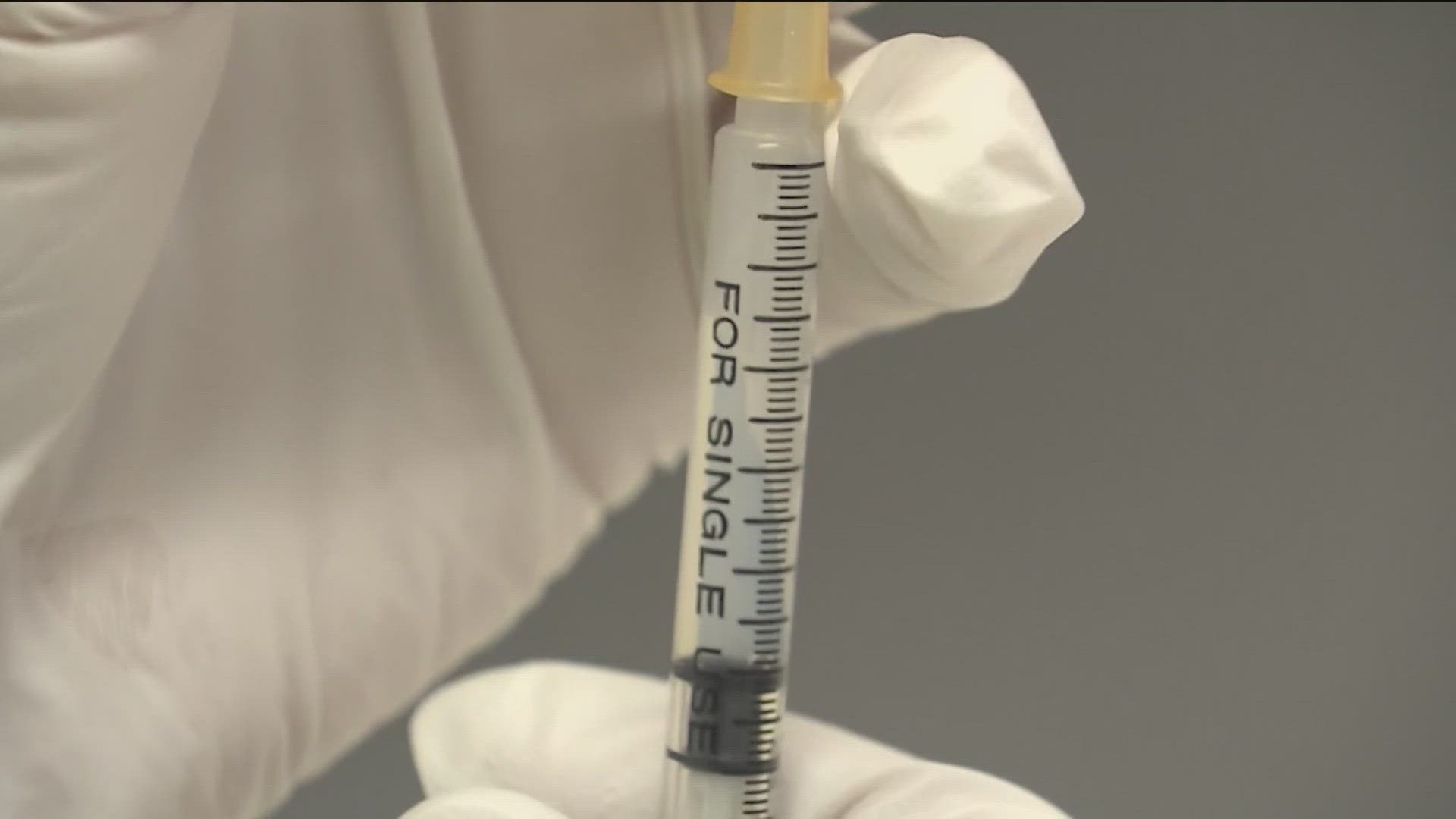BOISE, Idaho — On Thursday, Oct. 15, Idaho Gov. Brad Little held a press conference at the Idaho State Capitol Building, where he gave an update on the coronavirus pandemic in Idaho.
The governor emphasized that people should be responsible and wear a mask, but did not enact a statewide mask ordinance. He also announced that the state will stay in Stage 4 of his reopening plan for another two weeks.
"In fact, our personal actions are better to slow the spread of coronavirus than anything else. Our personal actions determine whether we, as Idahoans, succeed or fail in protecting our neighbors, or our economy during this pandemic," Little said. "Our personal actions are, for the most part, free of costs and a minor sacrifice, relative to the reward of keeping a loved one from getting sick, saving a life, keeping our schools open and protecting our economic prosperity."
The press conference will be live-streamed on KTVB's YouTube Channel and can be found in the player below.
The Gem State has been in Stage 4 of Gov. Little's reopening plan since June 13. Every two weeks since then, Gov. Little has announced that the state will continue to stay in Stage 4.
"The fall [season] brought dropping temperatures, bringing people indoors, kids and family are engaged in schools and school-related activities university students are back together. These factors, increase opportunities for the virus to spread the fall, has also brought on the dreaded COVID fatigue," Little said. "We're all anxious to get back to normal, myself included, but we cannot let our guard down especially not in the coming months."
State Epidemiologist Christine Hahn M.D explained some of the statistics behind Idaho's current spike in cases. She pointed out cases in adults 18 to 29 years of age account for a large portion of new COVID-19 cases, which is a concern of universities and colleges around the state.
"But it's not just kids in colleges and universities," she said. "We all recall over the summer how we had some outbreaks related to bars and restaurants and other things. So I don't want to just put the blame on the colleges or universities, I think they're working very, very hard to try to bring their numbers down and to work with their students to reduce this. But we're just seeing across the board in this age group, our highest rates. Dropping down, the next age groups that have the highest rates and a sharpest increases are adults, middle-aged adults in their 30s and 40s. So again, it's not just the young folk, but we really are seeing that the greatest rise in that population."
Dr. Hahn said how outbreaks are happening across the state, it appears that geography does play a role in how the pandemic takes shape.
"I think there's a very strong geographic component to this. I think we right now especially again the eastern part of our state looks a lot like Montana, Wyoming, North Dakota, South Dakota, Utah, the states that are right near us have very similar populations, geography, climate are seeing similar things to what we are," she explained. "...Our western part of the state, generally, looks more like Oregon and Washington do, and I don't think that's, that's a coincidence. And, and that said also, you know, Montana actually their rate is almost double ours. So we certainly aren't ignoring what's happening in other states. I certainly see it as something we should be looking at."
When asked if he would consider requesting help from the Idaho National Guard in the state's efforts to contain the pandemic, Gov. Little said no. He explained that groups that have been contracted for certain services can do it cheaper and more effectively than the National Guard could.
"But the National Guard is backup for a lot of other issues. Some of our National Guard is deployed in California right now on firefighting and that's, that's a more normal assignment for the guard," he said.
As of Oct. 14, Idaho's 14-day average of new cases reported each day is now at 575.93, the highest since the pandemic began.
On Oct. 9, a record 821 total cases of the coronavirus were reported across Idaho, breaking the previous record that was set on August 6.
This article will be updated during and after the press conference so check back for new details and information from Thursday's press conference.



